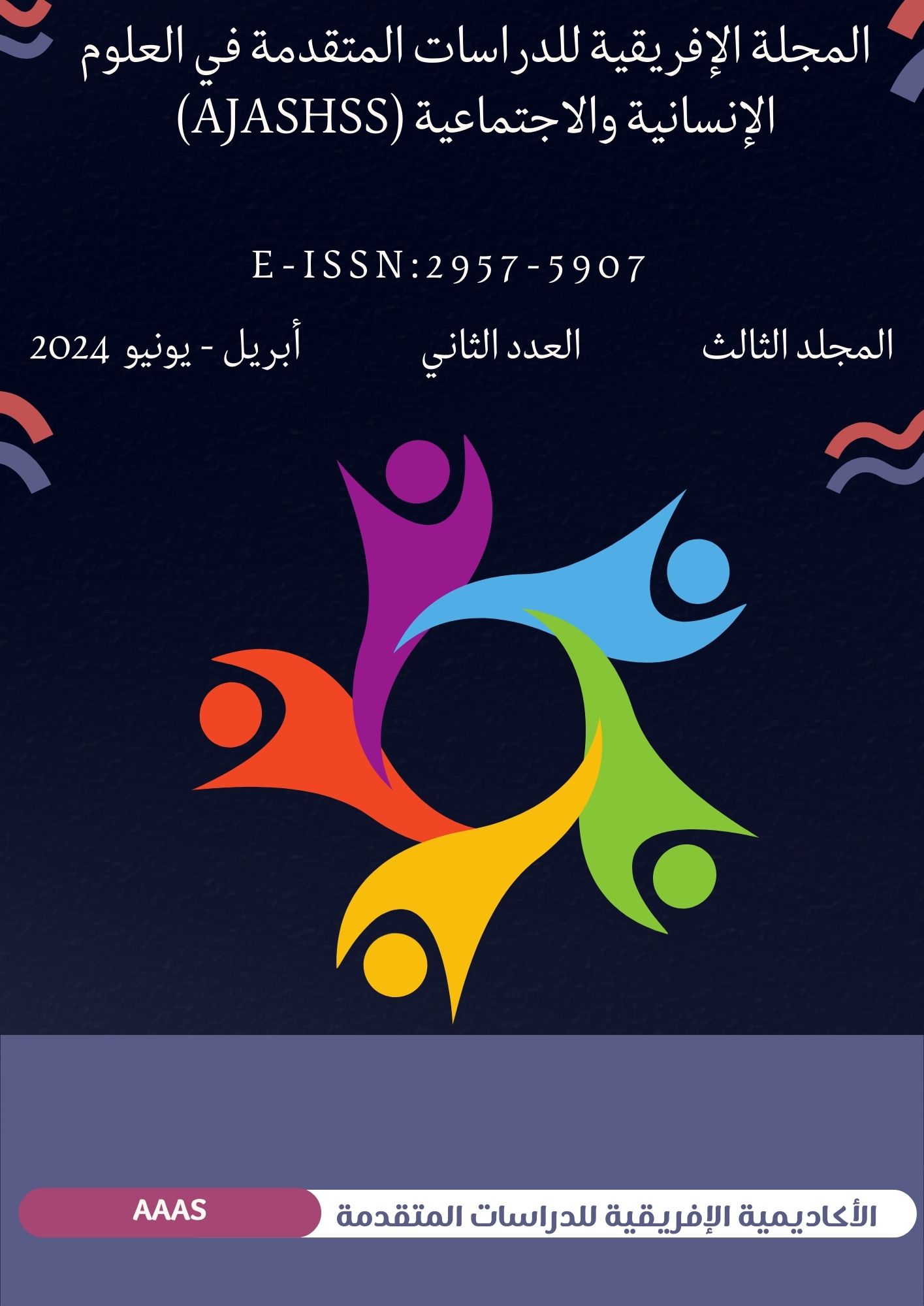Challenges and Strategies in Teaching English Pronunciation to Non-Native Speakers
Keywords:
English Pronunciation, Non-Native Speakers, Challenges, Teaching Strategies, Visual Aids, Auditory Aids, Communicative Activities, Individual Variation, Explicit InstructionAbstract
Teaching English pronunciation to non-native speakers presents unique challenges that require innovative strategies and methods. This research paper explores the challenges and strategies involved in teaching English pronunciation to non-native speakers. The study highlights the distinct challenges faced by non-native speakers, such as phonemic inventory differences, intonation and stress patterns, and individual variations. Additionally, it offers effective teaching strategies to overcome these challenges, including explicit instruction, the use of visual and auditory aids, and the incorporation of communicative activities. The paper emphasizes the importance of error correction and feedback in pronunciation instruction, providing learners with valuable insights and guidance to identify, understand, and correct their pronunciation errors and difficulties. Furthermore, it discusses the integration of pronunciation instruction into English language teaching, outlining various strategies to enhance learners' pronunciation awareness, accuracy, fluency, and confidence. Overall, the paper underscores the significance of pronunciation instruction in fostering learners' communicative competence, listening and speaking skills, confidence, motivation, and overall language proficiency in English.
Published
How to Cite
Issue
Section

This work is licensed under a Creative Commons Attribution 4.0 International License.






